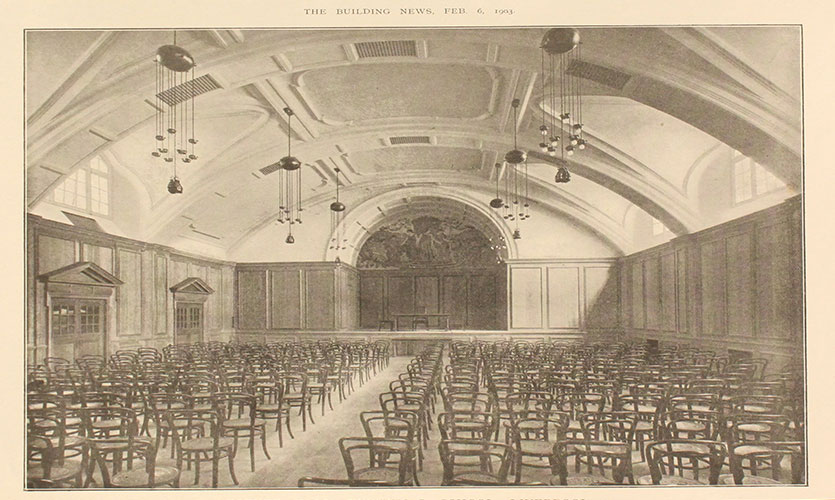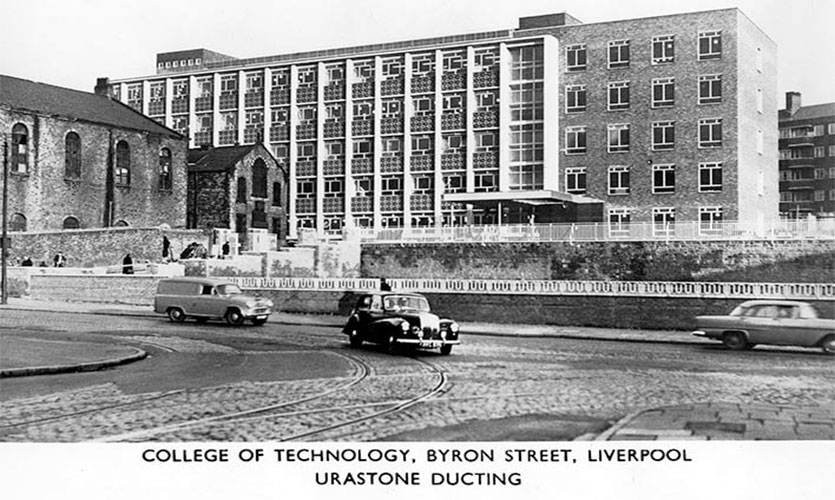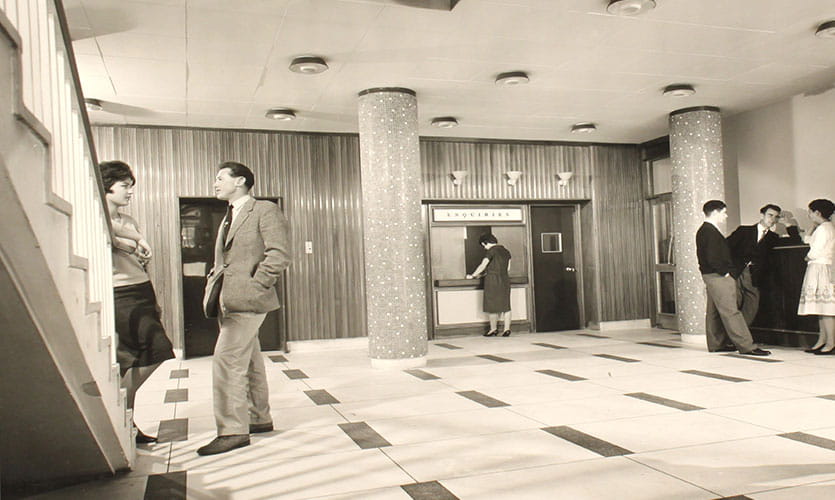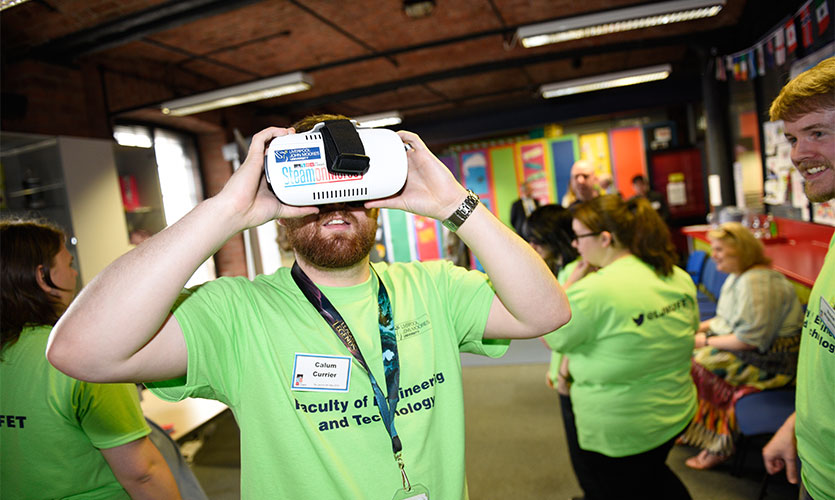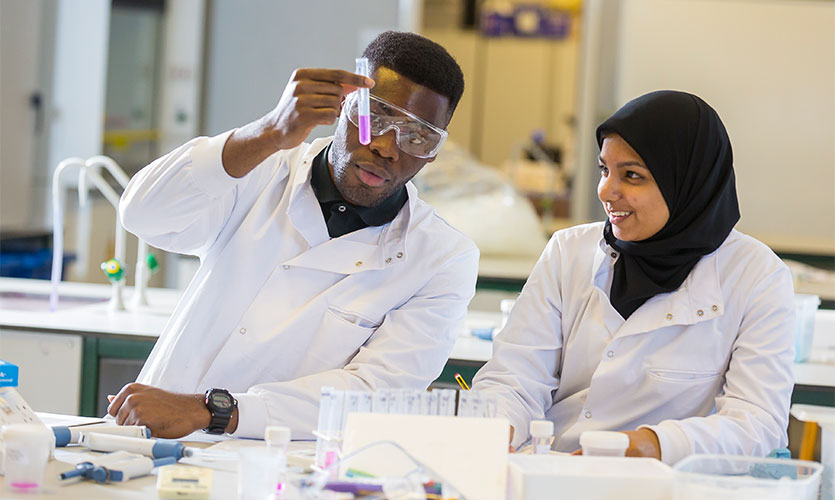Advancing science and technology
School of Science and Colleges of Technology
Science teaching in nineteenth-century Liverpool relied heavily on philanthropic support from the city's wealthy industrialists.
The teaching of science dates back to the start of the Mechanics’ Institute in 1825, with its lectures on chemistry plus courses on the microscope, combustion and phrenology. The School of Science was established in 1861 to help ‘the industrial classes and others of both sexes in procuring instruction in natural history, geology, chemistry, mathematics, geography and mechanical and experimental physics’.
Initially, the School relied heavily on the support of local benefactors and industrialists, with control only passing to city’s education committee in 1901. Like many of our antecedent colleges, it underwent numerous name changes, mergers and relocations until it joined Liverpool Polytechnic in 1970, marking the expansion of both student numbers and research and scholarship activities.
The remit of today’s Faculty of Science and Faculty of Engineering and Technology far exceed the original ambitions for the School of Science and the Colleges of Technology, with over 8,000 students studying at Byrom Street each year. Science disciplines now encompass natural sciences and psychology, sport and exercise sciences, as well as pharmacy and biomolecular sciences. Technology too has also expanded to embrace astrophysics, applied mathematics, electronics and electrical engineering, computer science, plus maritime and mechanical engineering, built environment and civil engineering. The application of this expertise to solving real world problems would no doubt be celebrated by our early benefactors as would LJMU’s extensive links with professional bodies and industry in the UK and around the world.
Professor Peter Jost CBE (1921-2016)
Professor Jost, the ‘founding father of tribology’ - the science and engineering of interacting moving surfaces - was appointed Honorary Industrial Professor at LJMU (then Liverpool Polytechnic) in 1983. A trained engineer, he published the Jost Report in 1966 to worldwide acclaim, fundamentally changing the way industry and science approach the question of friction and wear. Five decades later, tribology now has applications in areas ranging from engines, gearboxes, human joint implants and manufacturing processes, to ship propulsion, dentistry and nanotechnology.


